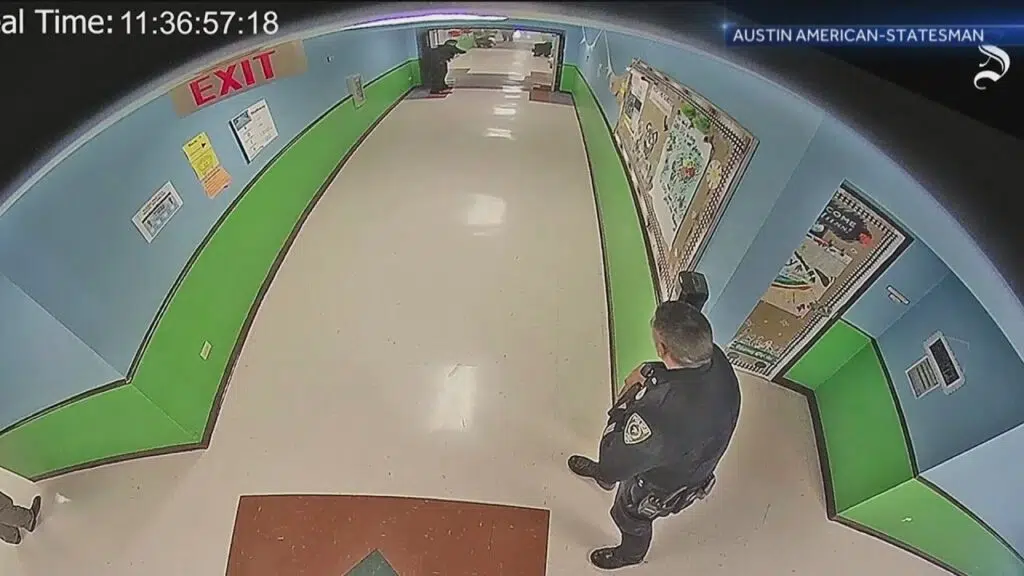
School Board Passes “Guardian Plan” While CDC Changes “Defensive Gun Use” Statistics
On December 12th, a Texas school board took positive, common-sense action to protect students in case of a school shooting incident.
Located a short distance north of Fort Worth, the Keller Independent School District voted 4-3 to incorporate a “Guardian Program” into the district’s schools.
The program consists of volunteer teachers that are required to pass a psychological evaluation, obtain a permit to carry and then undergo 50 hours of training. Once all of these requirements are met, the teachers will then be permitted to carry a gun on school grounds.
The school district had already proactively taken action by doubling the number of police stationed at the district schools. However, sighting response times and the Uvalde shooting where police waited an over an hour before confronting the shooter, the board implemented “Guardian.”
Naturally, there was opposition to the program. The school board sent out a survey and surprisingly out of 1,181 responses 848 were against adopting the program and only 60 voted for it. Still, the board did the correct thing for the students in the district.
One of the board members, Micah Young put it this way:
“It’s probably going to be 10-15 minutes before police arrive and having armed teachers already on the scene would tilt the odds in favor of students threatened by a shooter.”
It should be noted that Keller IDS is certainly not the first school district in Texas to institute the Guardian program. In fact, approximately 400 other Texas school districts have already started the program.
With that many programs underway and with no reported incidents, the Keller board liked their odds for success.
Now, from one end of the spectrum to the other. While school boards in Texas are using responsible defensive techniques to protect students, the CDC is altering its defensive gun use statistics.
First reported by the “Daily Caller,” the Centers for Disease Control (CDC), reacted to pressure from ant-gun activists, by eliminating defensive gun use statistics from its website.
The matter in question arose from a study by Gary Kleck, a criminologist, that estimated that firearms were used in defensive situations between 60,000 and 2.5 million times per year.
The 2.5 million figure obviously triggered Mark Bryant, the head of the Gun Violence Archive, (GVA). In emails obtained by the website “Reload,” Bryant erupted stating:
“That the 2.5 million number needs to be killed, buried, dug up, killed again and buried again. It is highly misleading, is used out of context and I honestly believe it has zero value, even as an outlier point in honest defensive gun use discussions.”
This pressure from GVA resulted in the CDC removing the statistics from its website. The decision to do so was explained by Beth Reimels, the Associate Director for Policy, Partnerships and Strategic Communication for the CDC’s Division of Violence Prevention.
In early September, Reimels stated in an email that:
“We are planning to update the fact sheet in early 2023 after the release of some new data.”
Kleck fired back at the CDC calling the CDC’s decision “Blatant censorship.”
“The CDC is just aligning itself with the gun-control advocacy groups. It’s just saying; we are their tool, and we will do their bidding and that’s not what a government agency should do.”
On their website, the CDC defended the action to remove the data:
“Although definitions of defensive gun use vary, it is generally defined as the use of a firearm to protect and defend oneself, family, other people, and/or property against crime or victimization. Estimates of defensive gun use vary depending on the questions asked, populations studied, timeframe, and other factors related to study design. Given the wide variability in estimates, additional research is necessary to understand defensive gun use prevalence, frequency, circumstances, and outcomes.”
I have to agree that the spread between 60,000 and 2.5 million per year raises many questions. One question is this; Why is it that every “damaging” gun statistic is readily available, but statistics that show them being used for protection are wildly varied?
This brings us back to a simple fact, guns by themselves are not good or bad. How they are used determines that classification.
Since everything imaginable seems to be able to be tracked and counted, surely the defensive use of firearms can be also.



